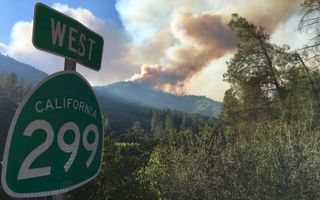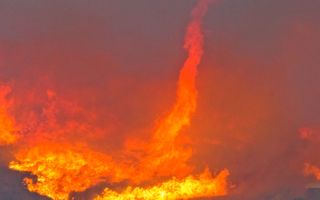Tornadoes
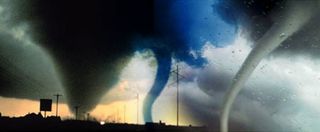
Tornadoes are the most powerful, unpredictable and destructive weather systems on Earth. The National Weather Service (NWS) defines a Tornado as a violently rotating column of air in contact with the earth’s surface (land or water) and commonly associated with a severe thunderstorm.A tornado generally occurs when high winds within a low pressure system (such as a thunderstorm) cause water vapor in the air to condense in to a condensation funnel cloud. Many less severe tornadoes are not even visible to the human eye. Major tornadoes usually become more visible when the strong winds within the funnel lift up dirt and debris off the Earth’s surface. Tornadoes are generally classified as either a land spout (a tornado on land), a water spout (a tornado that forms over water) or a gustnado (a small tornado caused by a strong downburst of wind from a thunderstorm).The average tornado has maximum wind speeds of about 112 mph or less, measures around 250 feet in width and travels approximately one mile before falling apart. Some of the most catastrophic tornadoes in recorded history have had winds in excess of 300 miles an hour (twice that of a category 5 hurricane), have measured more than 2 miles in girth, and have carved devastating paths of destruction miles and miles in length.
Latest about tornadoes
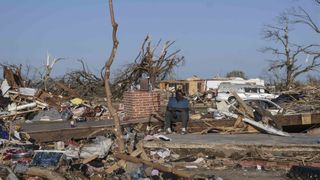
'Wedge tornado' in Mississippi is the deadliest in more than 50 years
By Sascha Pare published
A devastating, nearly mile-wide "wedge tornado" has killed at least 26 people and battered Mississippi with golf ball-size hail and winds up to 200 mph.
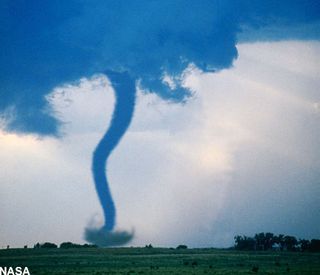
Scientist Reading the Leaves to Predict Violent Weather
By Sara Goudarzi last updated
Moisture emitted by a single leaf provides clues to imminent thunderstorms and tornadoes.
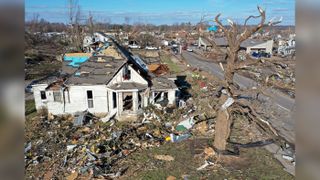
How the 'deadly December tornado' carved a 250-mile path through 4 states
By Jeanna Bryner published
The death toll in Kentucky could exceed 70 from the record-breaking tornado.

How a tornado outbreak left 22 dead across central Tennessee
By Rafi Letzter published
Twenty-two are dead, more are missing, and many more are injured after a supercell storm spawned a series of tornadoes early Tuesday morning, including one that struck downtown Nashville.
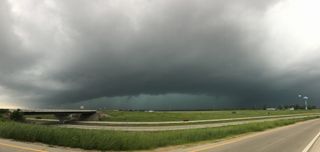
Powerful Tornadoes Rip Through Midwest, the Plains, Leaving Trail of Destruction
By Yasemin Saplakoglu published
A destructive tornado moved through the outskirts of Kansas City on Tuesday, injuring at least a dozen people and killing one.
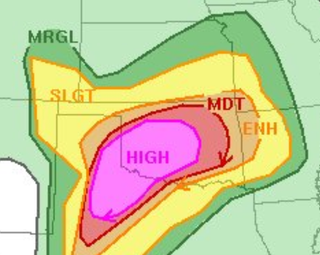
Violent Tornadoes and Flooding Are Expected in Oklahoma and Texas Tonight
By Rafi Letzter published
Oklahoma, northwest Texas and the Texas panhandle are bracing for a day of extreme weather, including dangerous tornadoes, flooding and thunderstorms.

Space Orbiter Spots 'Hairy Blue Spider' on Mars
By Mindy Weisberger published
Bowie was right; there really is a "spider" from Mars.
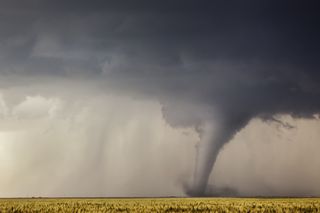
Tornadoes Don't Form Like Meteorologists Thought They Did
By Stephanie Pappas published
Tornado rotation seems to start right at ground level.
Sign up for the Live Science daily newsletter now
Get the world’s most fascinating discoveries delivered straight to your inbox.
